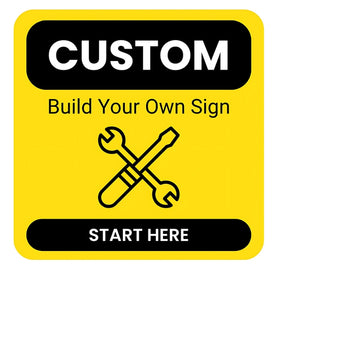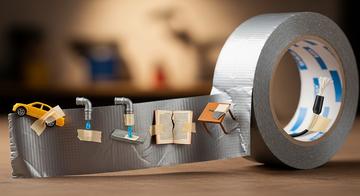When managing a busy carpark or an active loading dock, ensuring safety and structure is essential. One of the most effective ways to create that safe environment is by using the right bollards. These sturdy safety posts are more than just barriers - they’re essential tools that help guide vehicles, protect infrastructure, and maintain clear pedestrian zones.
But with a variety of types, materials, and installation methods available, how do you choose the right bollard for your space?
Let’s walk through the key considerations so you can make a confident, informed choice.
1. Define the Primary Function
Start by identifying the main reason you need bollards. Are you aiming to prevent vehicle collisions with walls and doors? Do you want to manage traffic flow or protect foot traffic near loading areas?
In high-traffic environments like warehouses, loading dock safety is often the top priority. These are placed around entrances, roller doors, and loading bays to help absorb impact from trucks and forklifts, preventing damage and injury.
Meanwhile, in open-air carparks, the main goal might be to shield buildings, walkways, or signage from careless parking or reversing vehicles.
2. Choose the Right Bollard Type
There’s no one-size-fits-all solution. The type of bollard you select should match your environment:
-
Fixed bollards: Ideal for permanent protection in high-impact areas like carparks and industrial sites.

-
Removable bollards: Best suited for areas that require occasional vehicle access.

-
Flexible bollards: Great for guiding traffic without causing damage to vehicles on contact.

If you’re looking for reliable, impact-resistant solutions, eSafety Supplies stocks a full range of options suited to Australian conditions.
3. Consider Visibility and Placement
Visibility is key, especially in low-light or fast-moving environments. Brightly coloured or reflective bollards can prevent accidental collisions and help drivers navigate tight spaces.
In terms of placement, proper spacing and height are crucial for effectiveness. In a carpark, for example, they should be positioned to protect vulnerable corners, pathways, and pedestrian accessways - ensuring full carpark protection without obstructing movement.
Be sure to consider Australian standards, such as AS 1428.1:2021, which focuses on accessibility and mobility and AS/NZS 3845.1:2015, which addresses road safety barriers, provide guidelines for the placement, height, and spacing of bollards to ensure safe access for pedestrians, cyclists, and vehicles. If unsure, contact eSafety Supplies or your local council.
4. Material and Finish Matter
These are available in steel, stainless steel, plastic, or concrete, and each has its ideal use:
-
Steel bollards offer excellent durability and are ideal for industrial and commercial spaces.
-
Stainless steel provides a sleek, corrosion-resistant option for more visible public areas.
-
Plastic bollards are often used for lightweight or temporary applications.
Weather exposure and vehicle weight should guide your material choice. If in doubt, speak with our team at eSafety Supplies - we can recommend a bollard that will suit your environment and budget.
Choosing the right bollard is about more than just placing a post in the ground. It’s about creating a safer, more efficient space that works for your staff, customers, and vehicles. Whether you're focused on loading dock safety or need effective carpark protection, making the right choice can prevent accidents and save thousands in repair costs.
At eSafety Supplies, we provide a wide range of durable, Australian-compliant bollards that are built to handle real-world conditions. Our team is here to guide you every step of the way—from product selection to installation advice.
Need help choosing the best bollard for your site? Get in touch with us today or explore our complete range of safety products.







